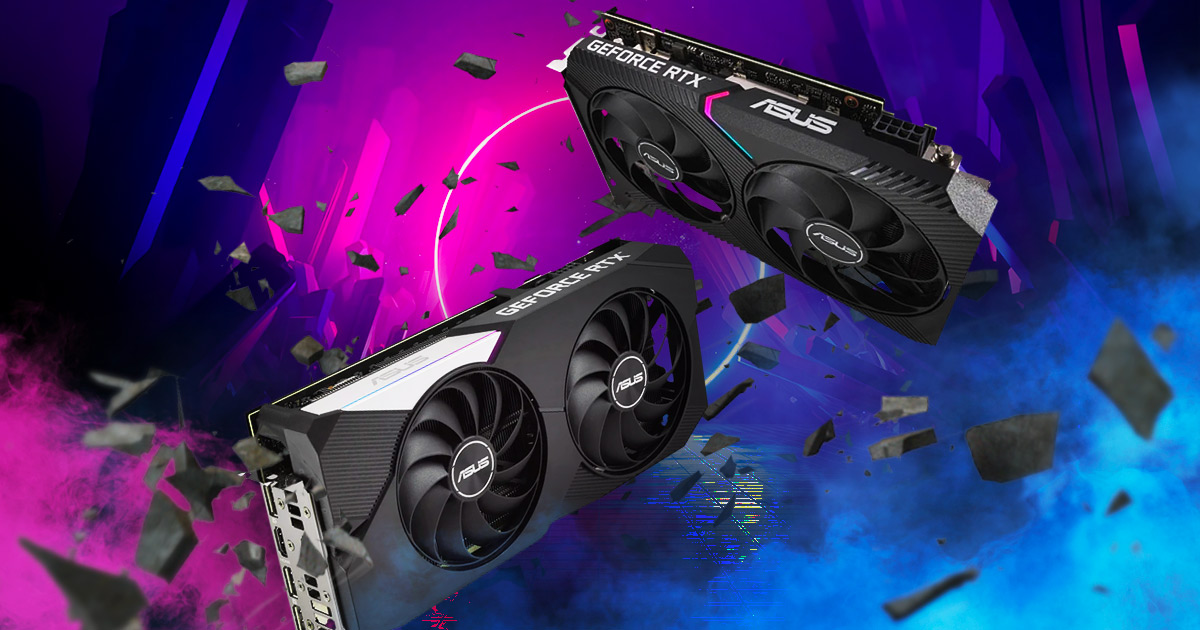Elevate Your Gaming Experience with Dual Graphics Cards – Unleash Unprecedented Performance

In PC gaming, players often wonder if it’s still a good idea to use two graphics cards. As technology keeps improving, this debate about having dual graphics cards is getting more important. This article will look into the good and bad sides of using two GPUs (Graphics Processing Units) for gaming today. We’ll talk about what dual graphics cards are, how they work, and if it’s worth using two GPUs at the same time.
Understanding Dual Graphics Cards
Dual graphics cards, called SLI (Scalable Link Interface) or CrossFire setups, involve harnessing the power of two or more GPUs simultaneously within a computer system. The primary purpose of employing multiple GPUs is to enhance graphics performance and deliver smoother gameplay experiences. By distributing the graphical workload across multiple cards, gamers can achieve higher frame rates, improved image quality, and a better gaming experience.
What Does Dual GPU Do?
When you utilize two graphics cards in an SLI or CrossFire configuration, the workload is divided between the GPUs. Each GPU renders alternating frames, resulting in faster and more efficient processing. The benefits of using multiple GPUs in a gaming setup include the following:
- Increased Performance: Dual graphics cards can substantially boost performance, particularly in graphically demanding games. With two GPUs working in tandem, gamers can enjoy higher frame rates, resulting to smoother gameplay and a more immersive experience.
- Improved Image Quality: The additional processing power offered by dual GPUs enables the system to handle advanced rendering techniques such as anti-aliasing, anisotropic filtering, and higher-resolution textures. This results in more visually appealing graphics with reduced jagged edges, enhanced details, and greater realism.
- Future-Proofing: Investing in dual graphics cards allows gamers to future-proof their systems to some extent. As games become increasingly resource-intensive, having the extra GPU power can help maintain satisfactory performance levels over an extended period, potentially delaying the need for a graphics card upgrade.
Can you use 2 GPUs at once?
While the advantages of dual graphics cards are apparent, several considerations should be kept in mind before deciding to employ this configuration:
- Game Compatibility: Not all games are optimized for multiple GPUs. Some titles may not support SLI or CrossFire, rendering the second GPU idle. Before investing in dual graphics cards, it’s crucial to research whether your favorite games support this setup. Reviewing game forums and manufacturer websites can provide valuable insights.
- Cost: Acquiring two high-end GPUs can be a significant financial investment. The cost of purchasing two cards, a compatible motherboard, and a power supply should be carefully considered. It is important to weigh the potential performance gains against the cost to determine if the investment is worthwhile for your specific needs and budget.
- Power Consumption and Heat: Dual GPU configurations consume more power and generate more heat than single GPU setups. This increased power draw impacts your electricity bill and requires a robust cooling solution to prevent overheating. Adequate power supplies and efficient cooling are essential to maintaining system stability and longevity.
- Single-GPU Alternatives: Over the years, graphics card manufacturers have made significant strides in improving the performance of individual GPUs. High-end graphics cards today offer impressive capabilities, often negating the need for a dual GPU setup. Before deciding on dual graphics cards, consider whether a single, powerful GPU would suffice for your gaming needs. A single GPU configuration can simplify your setup, reduce power consumption, and provide a more cost-effective solution.
Heighten Your Gaming With Dual Graphics Cards
Deciding whether to use multiple graphics cards in a PC gaming setup depends on what you prefer and need. While having two graphics cards can make your games run faster and look better, there are things to consider, like whether your games will work with them, how much they cost, how much power they use, and how much heat they make.
As technology gets better, it’s important to keep up with what’s new in gaming hardware and think about what you need before spending a lot of money. The goal is to find a good balance between how well your games run, how much money you spend, and how long your setup will last.
Whether you choose to use two graphics cards or just one really good one, what matters most is that you enjoy playing your games.

